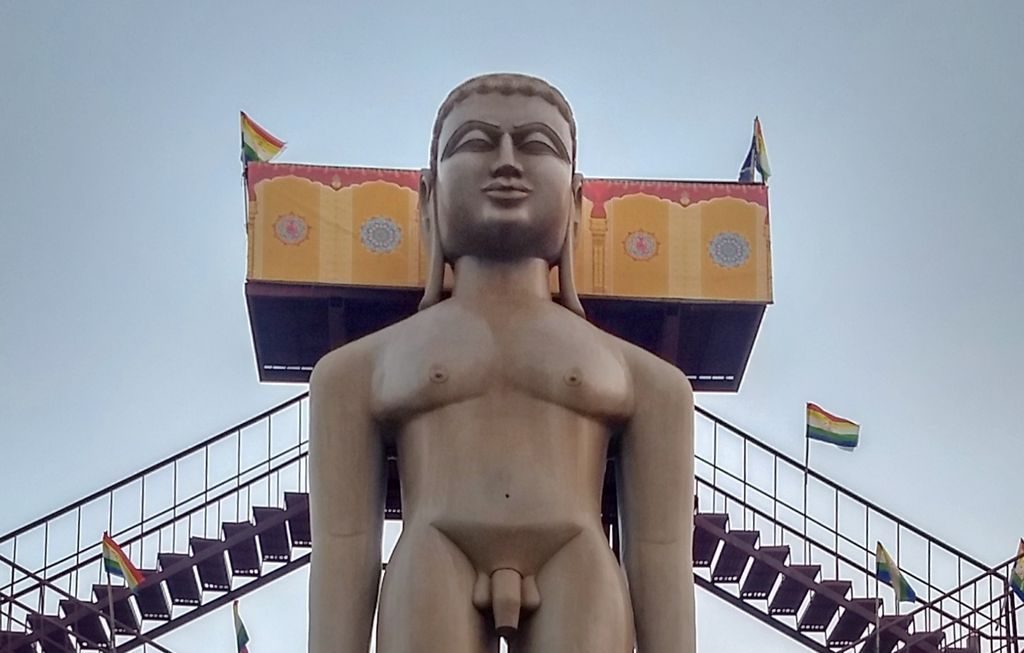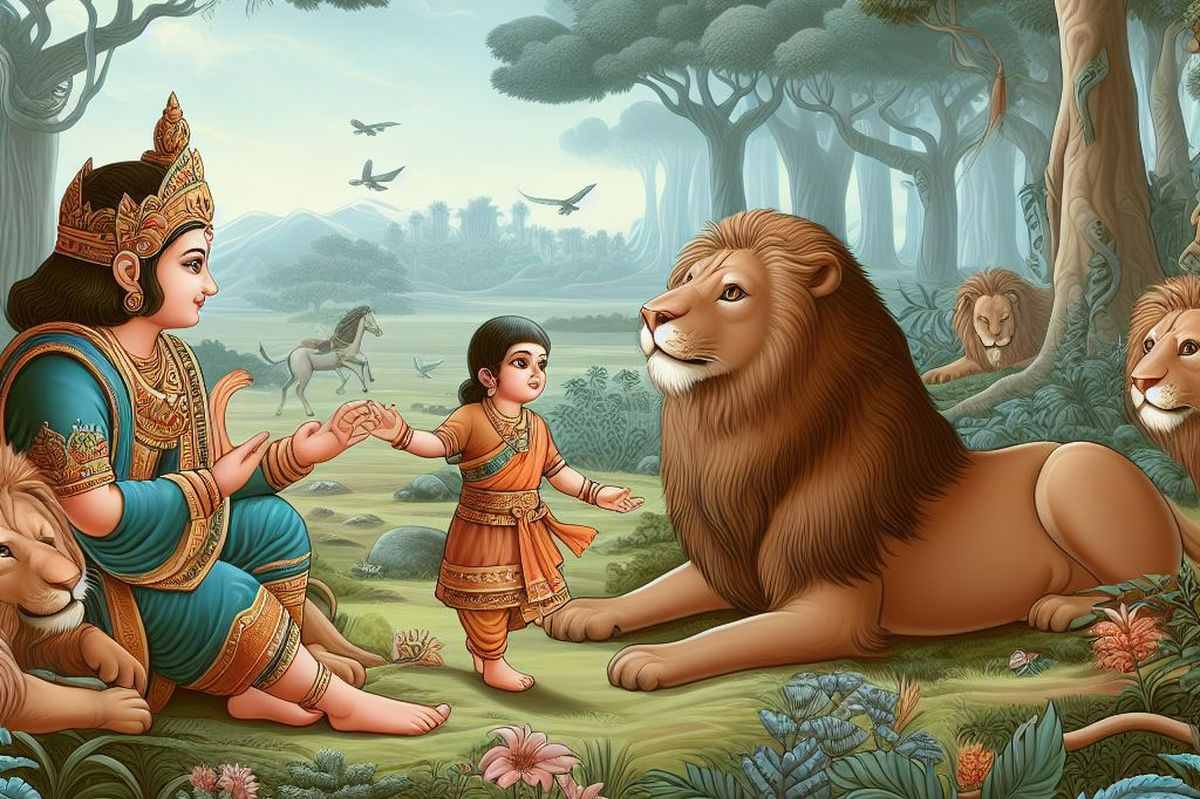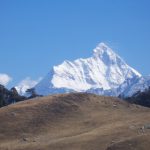King Bharata is no ordinary name, the name is the foundation of a country that houses more than 1.4 million people, more than any other country on the planet.
Bharat the alternative and recently more emphasized official name of India has its origin in the name of the legendary King Bharata.
But, did he exist? We will explore the historical evidence available today to understand more about the King, mentioned so frequently in Hindu literature, and his kingdom and establish whether we have evidence of historical King Bharata. This is an important part of history and ironically, a less explored part of Indian History, considering its huge significance.
Who Was King Bharata?
The legend of Bharata is featured in the Adi Parva (the first of eighteen books of the Mahabharata) of the Mahabharata, where he is cited as the son of Dushyanta and Shakuntala.
The name Bharata itself is of Indo-Aryan and Indo-Iranian origin, meaning “bearers” or “carriers”.
As per Adi Parva, he was a member of the Chandravamsha dynasty and became the Chakravarti (universal monarch) ruler of the Bharata Dynasty.
According to popular tradition derived from mythology, Bhārata, the traditional name of the Indian subcontinent, is named after Bharata.
King Bharata in Mahabharata
In Mahabharata, King Bharata is believed to be the ancestor of the Bharata dynasty. The Mahabharata, one of the two major Sanskrit epics of ancient India, actually derives its name from this dynasty.
The Bharata dynasty was associated with the great Kurukshetra war, a central event in the Mahabharata, as the ancestor of the Pandavas, the Kauravas, Brihadhrata, and Jarasandha.
Mahabharata is an epic with questionable historical accuracy. There is not enough historical evidence to establish that the Mahbahrata is anything but a mythological account. It is a long read but for context please read more about did Mahabharata really happen.
From the standpoint of historical evidence of King Bharata, Mahabharata is not a credible source due to its mythological nature. But Mahabharata is not the only Hindu literature that mentions Bharata.
Bharata in Rig Veda
Rig Veda is the oldest of the Vedas and the most prominent holy text in Hinduism. Rigveda predates the Ramayana and Mahabharata and is the earliest record of the Hindu belief system.

The composition of the Rigveda is typically attributed to a period spanning approximately from 1500 to 1000 BCE.
According to Michael Witzel, the formalization or codification of the Rigveda occurred towards the conclusion of the Rigvedic era, roughly between 1200 and 1000 BCE, within the early Kuru kingdom.
In Rig Veda — King Bharata was not an individual. “The Bharatas” were an early Vedic tribe that existed in the latter half of the second millennium B.C.E.
According to the Vedas, the Bharatas were initially in southern Afghanistan near the first Sarasvati River.
Led by their tribal king Divodāsa, they crossed the Hindu Kush mountains, defeated Śambara, and later, Sudās, a descendant of Divodāsa, won the Battle of the Ten Kings against a coalition led by the Pūru clan.
The conflict erupted due to a disagreement between Vashishta and Vishwamitra. Vishwamitra backed a coalition of ten tribes, consisting of five Aryans and five non-Aryans. The ensuing battle unfolded with the Bharatas pitted against the ten-tribe alliance.
Following this, they, along with other Pūru clans, established the Kuru Kingdom, which is the first known state in Indian history.
As far as historical evidence of the Battle of the Ten Kings is concerned, Avesta and Iranian traditions have some neutral observations. They contain memories of the battle which are found in both these traditions.
Additionally, the battle of the Ten Kings is considered to be historical and Bharata being one of the tribes is probably more plausible.
The Battle of the Ten Kings, as found in the Rigveda, is assumed to have potentially served as the foundational narrative for the later epic, the Kurukshetra War and Mahabharata.
However, it’s crucial to note that the Mahabharata’s version of the war greatly widened and adapted the original story from the Rigveda and may just have merely served as an inspiration.
King Bharata in Puranas
King Bharata’s legacy in Puranas is similar to the Mahabharata. Some of the most significant mentions of King Bharata can be found in Vishnu Purana.
“This country is known as Bharatavarsha since the times the father entrusted the kingdom to the son Bharata and he went to the forest for ascetic practices” — Vishnu Purana
“The country (Varsam) that lies north of the ocean and south of the snowy mountains is called Bharatam — there live the descendants of Bharata” — Vishnu Purana
Bharata in Jainism
The term “Bharata” holds significant references within Jainism, and according to Jain belief, the name of the country, Bharat, is attributed to Bharat Chakravarti. Many temples contain images of Bharata as a Jain monk and referred to as Bharat Bhagwan.

In Jainism, King Bharata is a revered Chakravartin king who renounced his kingdom to pursue a life of spiritual asceticism. His journey reflects the Jain principles of non-attachment and the pursuit of spiritual liberation.
After relinquishing his royal life, King Bharata practiced severe austerities in the quest for enlightenment and liberation from the cycle of birth and death.
He is regarded as the eldest son of the First Jain Tirthankar, Lord Rishabhanatha. Jain tradition asserts that the name “Bharat” was bestowed upon the land as a tribute to Bharat Chakravarti’s reign and the virtuous principles he upheld.
What’s the conclusion about the historical existence of King Bharata?
Within these different versions, the most significant version comes from Rig Veda and has some meaningful historical basis in a cross-cultural reference. The Battle of Ten Kings and the Bharata tribe could be real and may have served as the foundation of later versions.
Many translators, including K. F. Geldner, who have worked on the Rigveda since the 1800s, have interpreted the battle as a historical event, drawing from the narrative attributes of the verses.
Michael Witzel, on the other hand, places the battle’s timeframe between around 1450 and 1300 BCE, and he regards the related hymns as later insertions.
Yet, as of now, apart from these cross-cultural references, historians do not have any other tangible proof of the battle.
The earlier post-Iron Age narrative from Vedas may have inspired the later Puranic versions and Mahabharata, which were transferred through oral traditions.
Historical evidence for King Bharata is nowhere to be found apart from Puranic literature, Mahabharata, and Jain texts. These can’t be considered historical evidence.



